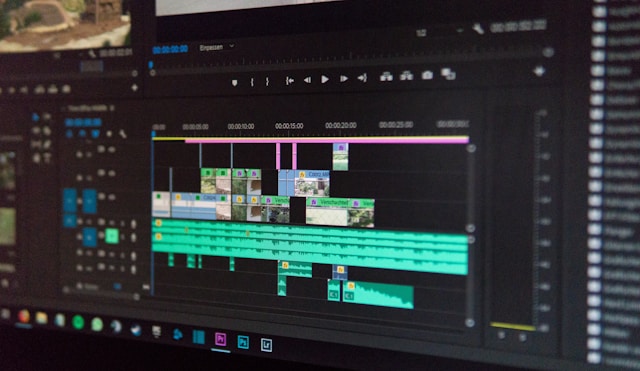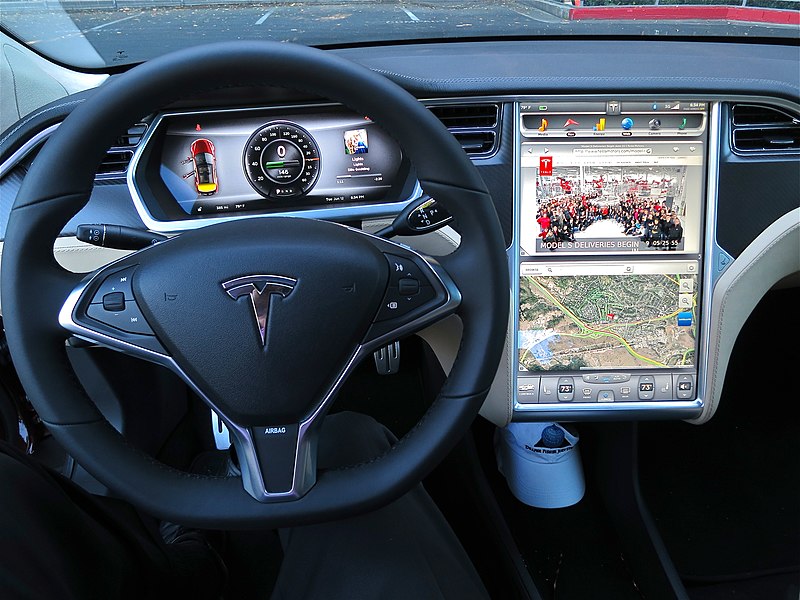The Spanish train that hurtled off the rails and crashed into a wall of concrete, left lots of questions unanswered. Why was the train going so fast at a sharp bend? Did the brakes of train fail? Did the train driver fail to pay attention to speed limits? Whom to blame, the negligent driver or inadequate safety systems? Was speed the only factor behind this crash?
Investigators are focusing on all the possible issues behind the Spain’s worst train crash in decades. Driver is being questioned and “black box” is also being examined.
Authorities have stated that the train was traveling at about 190 to 220 kilometers per hour (118 to 137 mph). For the curve, the train had to slow down from 200 kilometers an hour to 80 kilometers which was the recommended speed on this curve.
This ill-fated train was using the older-generation signaling technology – ASFA system. It uses periodic signals to detect velocity and warn the driver if a train is moving too fast but does not automatically slows it down. The system alerted the driver but could not override his control.
Aging infrastructure such as rails, wheels and bearings may also have played the role in this tragic accident. As per the Spanish media, the train tracks were not designed for the fastest class of high-speed trains. Whatever is the reason, the Spanish people are obviously shocked with this worst crash they have seen in years.





